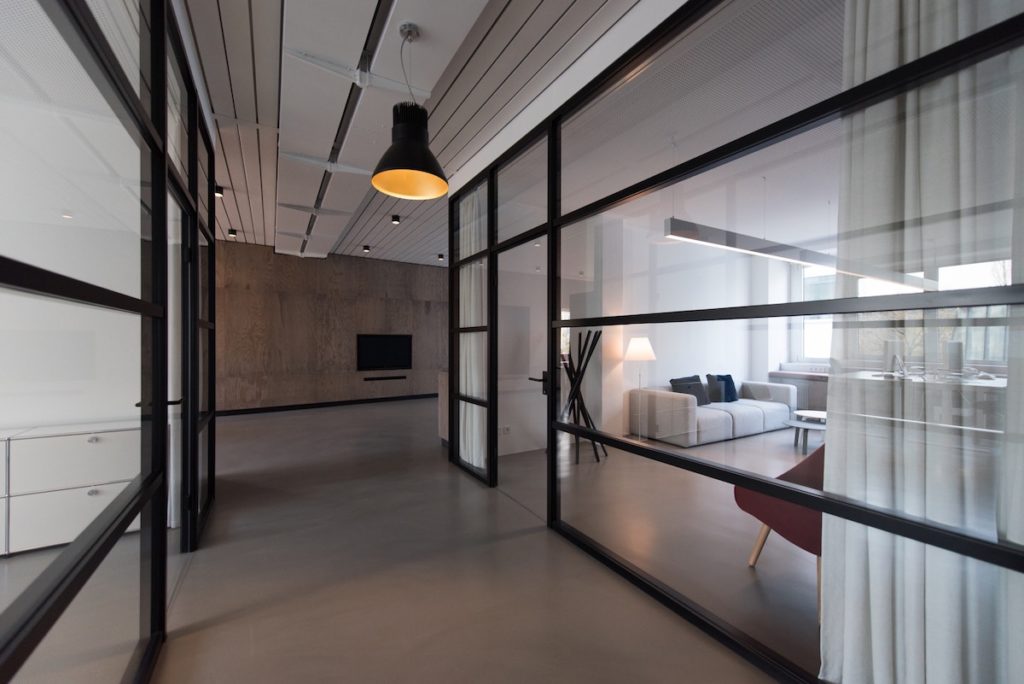Every once in a while, we face a challenge on behalf of a client whose story resonates with us as one that others will relate to and gain value from. This is one of those times and in this post we share a story of two good friends who have been business partners and industrial property owners together for half a century.
In respect to their privacy, we’ll call them Stan and Jim. The story, which is ongoing as we write this, goes like this:
Stan and Jim have been best friends since the early 1970’s. Both earned civil engineering degrees and started their careers in the construction industry working on road and bridge projects. After a few years of working for others, they decided to make a go of it on their own. It worked out better than hoped for and they built a thriving business that earned them financial security with enough left over to pursue personal interests, enjoy their free time, retire comfortably and build enough of a nest egg to enhance the quality of life for their children and grandchildren.
Good for them. They worked hard, prudently managed risk and delivered valuable services to their customers day-in and day-out for 40 years before selling the business at a handsome profit and retiring. Simply put, they are a great American success story, a story that makes clear the efficacy of our economic system that encourages hard work, entrepreneurship and independent action.

In the mid-1980’s they decided to buy an industrial building in North Orange County to diversify their investment portfolio and create another income stream. It was one of the best decisions they ever made together and they are still the proud owners of the building today, which is where we enter the story line.
The building, a 10,000-square-footer with a fenced yard, good power, functional design and freeway-close location, has attracted and retained good tenants over the years, as so many in the area have for decades. They paid $80 per square foot for the building that is worth approximately $380 per square foot today! Had they known things would turn out so well when they bought it, they would have snapped up another one on the spot. But as the saying goes, hindsight is 20-20, and who could have known building prices could appreciate by double-digits every year for the past decade?
Prudent investors that they are, they pay attention to market conditions and are constantly reevaluating their investment strategy to keep it in sync with the times and where they are in life, both as partners and as individuals. And, here is where the story gets really interesting.

Stan is 81 years old, in good health, exercises every day, is still an avid skier and is looking forward to many more years of active life. He has one son in his 50’s, who has done well on his own, plus two grandchildren he enjoys spending time with. He has plenty of money to enjoy his lifestyle and a comprehensive estate plan to pass along what’s left when he’s gone. He saves his share of the rent from the building every month and is quite happy with the current situation, though he tires of his duties as a landlord. But, the idea of selling the property and writing big checks to the tax man just doesn’t seem to make much sense to him. He likes the idea of passing his share along to his family at a full step-up in basis, which is a time-tested estate planning strategy for investors with sizeable estates like his.
Jim, who just turned 82, is also in good health and is enjoying life with his large extended family that includes 5 children and 7 grandchildren. He doesn’t relish the idea of paying a big tax bill on a sale either, but has other priorities that make him more inclined to bite that bullet and proceed with a sale of the property to distribute the proceeds to his family while he is still here to see them enjoy the fruits of his own labor.
So, Stan and Jim have been in discussion for months now to determine a course of action that meets their individual needs without penalty to the other. They also recognize that they are getting up in years and they want to resolve the situation while they are here to work it out together as life-long partners rather than have either family get involved after the fact. Not the most pleasant discussion, but a necessary one just the same.

They are also at a pivotal time in the life of their mutual investment: the current lease on the property is expiring this year. The tenant is doing well and may want to renew the lease, but the current market rent for the property is nearly double the current rate, and he may not be able to handle the increase. That means vacancy is a real possibility just as the inventory for similar buildings is on the rise. Add the fact that the building’s value is 20% higher if it is sold unoccupied to an owner/user versus as a leased building sold at a current market cap rate, which makes clear that a decision to sell or hold needs to be made sooner rather than later.
Neither wants to hobble the property’s value by re-leasing it if a sale in the near term is a possibility. They are also not lost on the fact that one family or the other might desire to sell the property if something happens to either one of them with a long term lease in place. But for now they still make the decisions, and they know this is the time to reset their path with all eventualities in mind.
So, it’s our job to help them create a win-win scenario and we came up with what we think is pretty darn good solution, which is now under their consideration. As we said earlier, Stan doesn’t want to realize his gain, while Jim is willing to do so to achieve his objective of distributing his. Fortunately, they own the property as individuals, which means one can exchange while the other can sell without first taking the time to drop the title down from an LLC to a Tenancy in Common to comply with IRS and Franchise Tax Board regulations. This means they can make their move before signing a new lease that would impair the value of the property or suffering lost rental income and lease-up costs if they need to re-tenant the building.

Our plan is for Stan to exchange his portion of the proceeds into a single-family residence held for investment, and for Jim to sell his portion, pay his taxes and make his desired distributions to his family. Why a single family residence versus another industrial building? Because Stan’s $1,700,000 proceeds is likely not enough to acquire a quality industrial property with a strong credit tenant to replace his current income stream. Chances are he will be more at risk by going that route, and Jim doesn’t relish the idea of weakening the position of his lifelong best friend. Reason enough.
By allocating the proceeds to a high-quality, fully-remodeled residential property, his risk is reduced because that real estate asset class is perhaps the safest of all. Demand for quality rental homes is at an all-time high as are rents, and they just aren’t building enough of them anymore to come close to satisfying that demand. Orange County is nearing full build-out of single family homes and remaining sites are being repurposed to accommodate large multi-family projects. By acquiring a single rental unit, management responsibilities will be minimal and Stan can even hire a property manager if he chooses to take a fully hands-off approach. Plus, he will own the property himself, which simplifies the situation for his eventual heirs. They can make their own decisions without ramifications to Jim or his family.
By our calculations he can take his share of the sale proceeds and actually collect more in net income than he would collect under a new lease on the building, all without paying a dime in capital gains taxes.

It’s a win for Jim, as well. He can achieve his own objectives knowing that his partner will also be able to pursue his without sacrifice. Both will be in a better place having solved multiple problems in a single move. Stan wins. Jim wins. Their families win. But perhaps most all, their friendship wins and that in a word is priceless.
We hope sharing their story helps you understand your own situation better. Every situation is unique, but there are always options that can produce a favorable outcome. If you own an industrial building, chances are you are also sitting on millions of dollars in unrealized gains that are trapped inside the structure. The big question is: is that where your hard-earned equity should be and what other options are available to you to deploy it to your financial advantage and improve the quality of your life?


Leave a Reply
You must be logged in to post a comment.